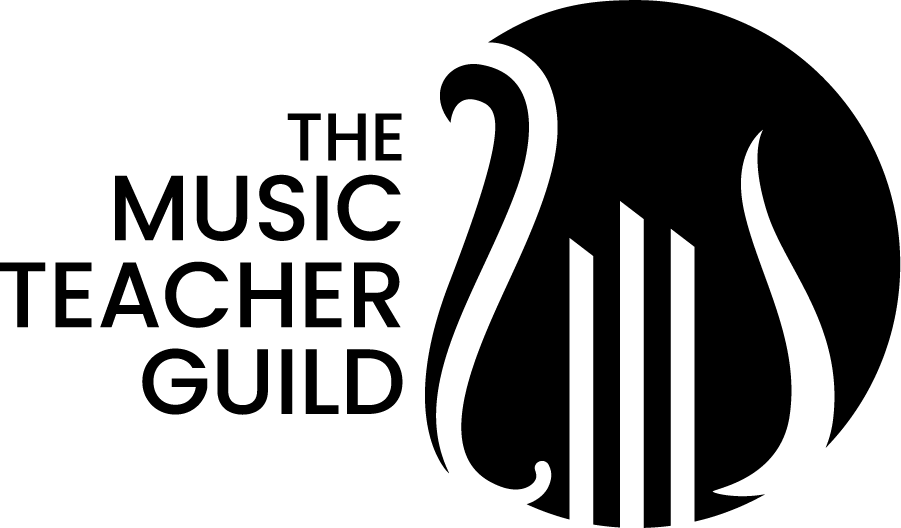Community Building and Its Long-Term Impact on Music Education
Imagine a newly certified music teacher, Sarah, stepping into her first classroom. She’s prepared with lesson plans and packed with excitement, but as the school year rolls on, the challenges start to mount. Rather than struggling alone, she joins a local music teacher community. Through sharing resources, attending workshops, and collaborating with others, she finds her rhythm and grows as an educator. This experience is a testament to how community building doesn’t just sustain music teachers; it amplifies their impact on students, programs, and the future of music education itself.
The Power of Community in Music Education: Why It Matters
Music educators face unique challenges, from limited resources to isolated roles within their schools. Community building allows music teachers to connect with others who share similar experiences, providing a network of support that goes beyond a simple gathering. While “networking” often focuses on career advancement, true community building is a deeper commitment to creating a shared, supportive environment where music educators can thrive and support each other.
Community building is essential because it creates spaces where teachers can exchange ideas, offer support, and inspire one another. Unlike more general connections, a music educator community is built on shared passions and goals specific to enhancing music education. This type of collective support can create ripples that extend to students, schools, and entire communities.
Benefits of Community Building for Music Teachers
For music educators, community building offers numerous immediate and long-term benefits:
Access to Shared Resources and Innovative Ideas: A community allows teachers to pool resources, from lesson plans to music scores. Educators can also discuss and test innovative teaching methods, gaining new perspectives that can be applied in their classrooms.
Emotional Support and Mentorship: The emotional aspect of teaching, especially in the arts, cannot be underestimated. Community building provides emotional outlets, whether through mentorship from experienced teachers or simply knowing someone else understands the same daily challenges.
Increased Collaboration Across Disciplines: Being part of a music education network makes it easier to collaborate with other teachers and integrate music across disciplines. For example, a history teacher may work with the music teacher to create a cross-curricular lesson on music’s role in historical movements, enhancing students’ understanding of both subjects.
These benefits translate to greater job satisfaction and lower burnout rates, especially important in a field where music educators often face high demands.
Long-Term Impacts on Students and Music Programs
The positive effects of community building don’t end with the teachers—they also extend to students and the music programs they support.
Enhanced Student Growth and Performance: When teachers collaborate, students gain access to a richer, more varied educational experience. Teachers can share ideas for engaging lessons, new performance opportunities, and extracurricular activities, all of which enhance students’ growth in music.
Sustainable Music Programs: Music education communities are often key advocates for maintaining or expanding music programs. Through shared advocacy, teachers can pool resources to apply for grants, create district-wide initiatives, and protect music programs from budget cuts.
Teachers who are part of strong communities also report that students show higher engagement and confidence in music, seeing it as part of a larger world that includes peers, mentors, and supportive adults.
Strategies for Building a Supportive Music Education Community
If you’re a music teacher interested in community building, there are several ways to get started:
Join Professional Organizations: National and regional organizations, like the Music Teachers Guild, offer conferences, workshops, and resources that help educators connect.
Engage with Online Communities: Social media groups, webinars, and online forums make it easier than ever to connect with other teachers. Whether it’s sharing insights in an online chat or attending a virtual workshop, online communities expand the ways teachers can build a supportive network.
Collaborate Locally: Building connections within your school district or community can lead to powerful partnerships. Reach out to local arts organizations, libraries, or nearby schools to explore collaborative events like community concerts, workshops, or student showcases.
By adopting one or more of these strategies, teachers can begin to lay the foundation for a vibrant community of support and collaboration.
Case Studies: Examples of Successful Music Teacher Communities
Across the U.S., many music teacher communities serve as examples of the power of connection in education. The Music Teachers Guild, for instance, provides resources, workshops, and an online community where educators share ideas and support each other in real-time. Regional networks, such as state-level music education associations, also offer close-knit communities where teachers can engage with peers facing similar local challenges.
Each of these groups exemplifies how a well-developed community can influence not only individual educators but also music programs and students across a region.
Conclusion: The Lasting Legacy of a Connected Music Education Community
As Sarah found in her own experience, building a strong community can be transformative for a music educator’s career and deeply enriching for students and programs. The journey of a music teacher becomes a shared path filled with mentorship, shared resources, and inspiring collaborations. Whether you’re just starting or have been teaching for years, engaging in a music teacher community can provide the encouragement and resources to make a lasting impact on the future of music education.

